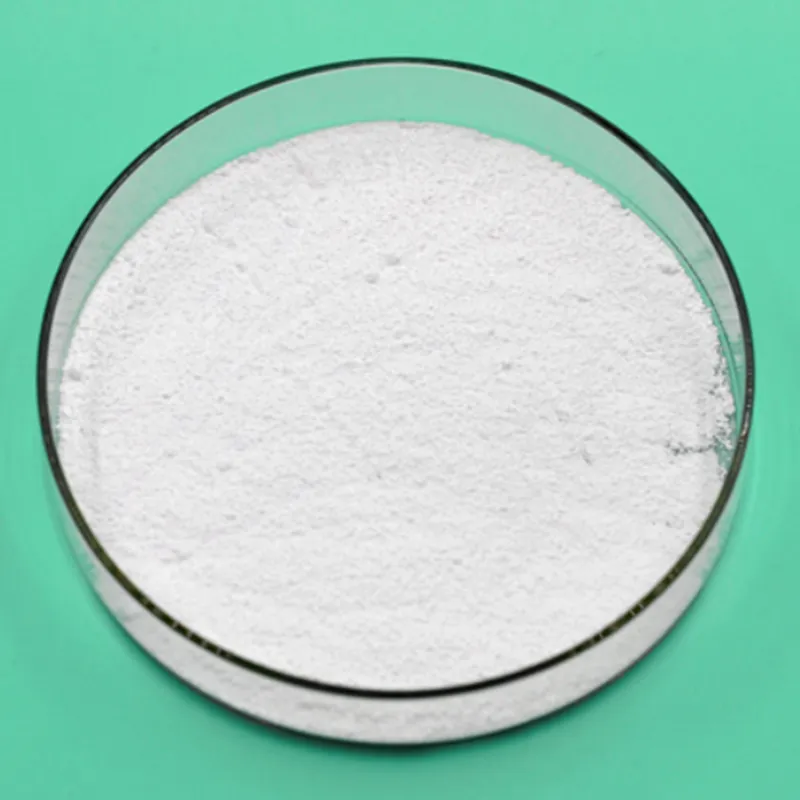
Exploring the Uses and Effects of E410 Food Additive in Modern Cuisine
Understanding E410 The Multifaceted Food Additive
Food additives play a crucial role in modern food production and preservation. Among the myriad of additives available, E410, also known as Carob Bean Gum, stands out due to its versatile properties. This article delves into E410’s origins, uses, health implications, and its place in the contemporary food industry.
Origins and Composition
E410 is derived from the seeds of the carob tree (Ceratonia siliqua), which is native to the Mediterranean region. Carob beans are harvested and processed to extract the gum, which serves as a thickening and stabilizing agent. The structure of E410 consists primarily of galactomannan, a type of polysaccharide comprised of mannose and galactose sugars. This unique composition imparts its remarkable ability to form gels and thicken mixtures, making E410 a valuable ingredient in various food products.
Uses in the Food Industry
E410 is widely used as a thickener, stabilizer, and emulsifier in the food industry. Its ability to improve texture and maintain the consistency of products has led to its inclusion in a diverse range of food items. Common applications include
1. Dairy Products E410 is frequently utilized in ice creams, yogurt, and cheese. It helps to prevent ice crystal formation in frozen desserts and improves creaminess and mouthfeel in yogurts.
2. Baked Goods In baked products, E410 enhances moisture retention and improves shelf life. It is often found in cakes, cookies, and bread, where it helps to maintain a soft texture.
3. Sauces and Dressings The ability of E410 to stabilize emulsions makes it a popular choice in salad dressings, sauces, and gravies. It prevents separation and enhances the overall viscosity of these products.
e410 food additive

Health Implications
E410 is generally recognized as safe (GRAS) by food safety authorities, including the European Food Safety Authority (EFSA) and the Food and Drug Administration (FDA). It is considered to be non-toxic and is not associated with significant health risks when consumed in moderate amounts. However, like many additives, excessive intake may lead to gastrointestinal discomfort, particularly in individuals with sensitivities to polysaccharides.
One of the advantages of E410 is that it is derived from a natural source, making it appealing to health-conscious consumers who prefer natural ingredients over synthetic ones. It is also gluten-free, which makes it a suitable option for individuals with celiac disease or gluten intolerance.
Environmental Aspects and Sustainability
The carob tree is a hardy plant that requires minimal irrigation and can thrive in arid conditions, making E410 an environmentally sustainable food additive. The use of carob bean gum can also promote biodiversity since carob trees often grow in agroforestry systems that support diverse ecosystems.
As consumers increasingly seek sustainable and ethical food sources, additives like E410 that have lower environmental footprints are gaining popularity. Additionally, the carob tree can be cultivated in areas unsuitable for other crops, providing a reliable source of income for farmers in those regions.
Conclusion
E410, or carob bean gum, is a multifaceted food additive that enhances the texture, stability, and shelf life of various food products. Its natural origin, versatility, and safety profile have solidified its place in the food industry. As consumers become more informed about the ingredients in their food, E410 represents a natural, sustainable choice that aligns with the growing trend toward healthier eating habits. Whether in a creamy yogurt, a delectable ice cream, or a rich sauce, E410 continues to play an essential role in crafting the foods we enjoy today.
-
Understanding Synthetic Rubber OptionsNewsApr.27,2025
-
Trichloroisocyanuric Acid: Essential for Clean and Safe WaterNewsApr.27,2025
-
Sodium Dichloroisocyanurate: Key to Safe Water TreatmentNewsApr.27,2025
-
Sodium Acid Pyrophosphate: Essential in Modern Food ProcessingNewsApr.27,2025
-
Essential Water Treatment ChemicalsNewsApr.27,2025
-
Denatured Alcohol and Its Industrial UsesNewsApr.27,2025
-
The Versatile Uses of Sodium BicarbonateNewsApr.24,2025
Hebei Tenger Chemical Technology Co., Ltd. focuses on the chemical industry and is committed to the export service of chemical raw materials.
-

view more DiethanolisopropanolamineIn the ever-growing field of chemical solutions, diethanolisopropanolamine (DEIPA) stands out as a versatile and important compound. Due to its unique chemical structure and properties, DEIPA is of interest to various industries including construction, personal care, and agriculture. -

view more TriisopropanolamineTriisopropanolamine (TIPA) alkanol amine substance, is a kind of alcohol amine compound with amino and alcohol hydroxyl, and because of its molecules contains both amino and hydroxyl. -

view more Tetramethyl Thiuram DisulfideTetramethyl thiuram disulfide, also known as TMTD, is a white to light-yellow powder with a distinct sulfur-like odor. It is soluble in organic solvents such as benzene, acetone, and ethyl acetate, making it highly versatile for use in different formulations. TMTD is known for its excellent vulcanization acceleration properties, which makes it a key ingredient in the production of rubber products. Additionally, it acts as an effective fungicide and bactericide, making it valuable in agricultural applications. Its high purity and stability ensure consistent performance, making it a preferred choice for manufacturers across various industries.











